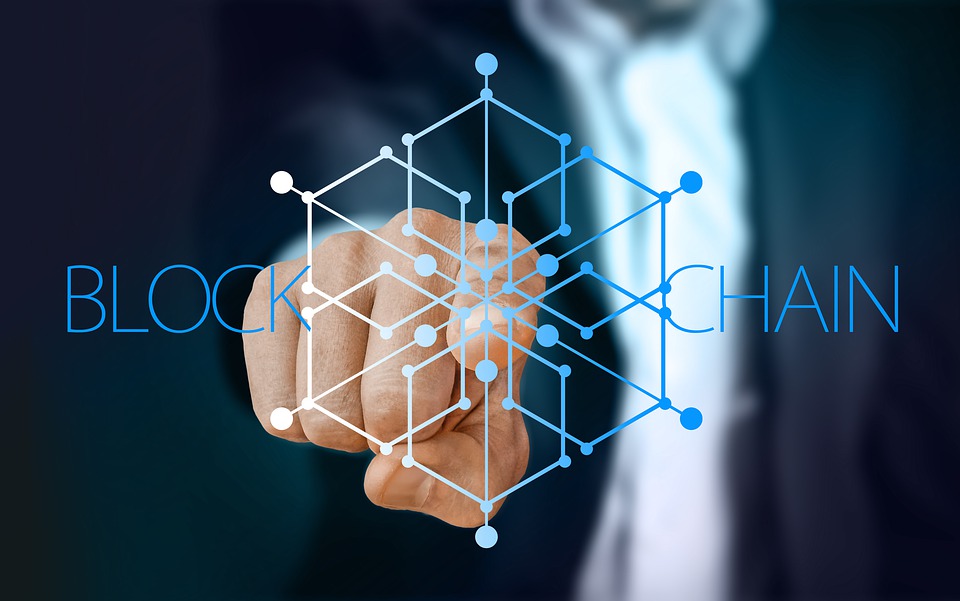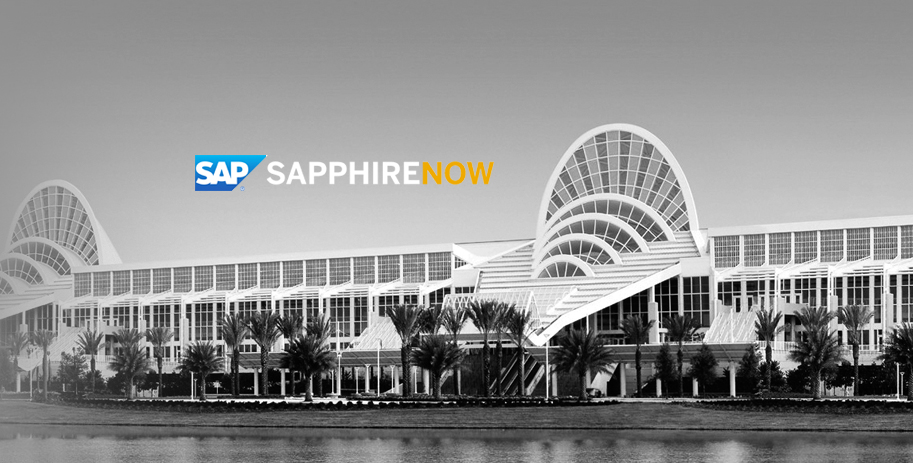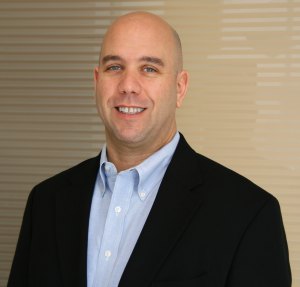I’m excited to announce that on November 1st, 2021, I will start a new role as Distinguished Engineer and Director at Kyndryl. Officially, I will retire from IBM with 24 years on October 31, 2021. I will be responsible for making sure we deliver of IT Services beyond our clients’ expectations for Kyndryl.
You can read more about our CEO’s vision for Kyndryl here. I’m well aware the market isn’t too thrilled with it as a stock. I’m not going to rebut those stock wizards, but I know there is a LOT of IT services work that needs to be done. Being 100% focused on client outcomes and having a lot of the right skills will matter to our clients. Unlike writing code, it takes a lot of investment to run the world’s biggest companies IT regardless of running in data center or in the cloud.
I will miss IBM and the many wonderful people who work every day to make the world smarter and their clients successful. It’s not a mistake that Forbes list it as one of the best companies to work for this year. I never planned to stay this long, but I fell in love with all that is IBM. Since IBM and Kyndryl’s customer base overlaps so heavily, I hope I will get to work with so many great IBMers again. I’ve decided to take on the run side of the business with Kyndryl.
It was not an easy decision because of the many amazing people at IBM and the challenges to be conquered. There are so many IBMers that helped me grow my career and grow as person. Please take care of each other. Be sure to mentor someone and be sure to get your own mentors, too. Watching your mentorees grow and succeed is an “oh wow!” moment.
My career at IBM took me to most of the 50 US states and a dozen countries. I watched SAP go from 2 products, R/2 & R/3, to 500+ in the GBS SAP practice where I spent much of my IBM career. I’ve had a ring side seat and taken part in the adoption by our clients in sea of change including the internet exploding, portals becoming search, infrastructure and software becoming cloud, waterfalls becoming sprints, dialup becoming constant connectivity, computers becoming smartphone, drones becoming toys, things getting smart and connected, CPUs becoming ubiquitous, AI finally delivering as augmented intelligence, content being king – then not – and now king again, phone numbers becoming a person, data continuing to explode but it’s never right, and so much more. It’s like every day we must replace the motor and transmission while accelerating.
- Some of my milestone achievements include:
- Multiple successful SAP go-lives
- Helping IBM develop its SAP cloud hosting program
- Building an SAP upgrade practice and methods that ultimately won 2 SAP Pinnacle Awards
- Partnerships with Panaya and SNP
- Being the first IBM Distinguished Engineer in the SAP or any of the package application areas (“Is SAP technical was always my first interview question”)
- Getting Pharma company’s SAP private cloud implementation back on track and delivering 99.9% availability to the application for years
- Improving a client’s SAP environment and support leading to several follow one deals and partnerships
- Modernizing storage and driving better practices to lower the frequency of incidents and expand IBM’s business
- The 1000’s of smart, kind, funny, interesting people I got to work alongside
- The 100’s of clients I was a part of their success
- The dozens of individuals that I got mentor forward in their careers
Today, I am always reminded of Arthur C. Clarke’s third of three laws: “Any sufficiently advanced technology is indistinguishable from magic.” Yet, I still think it is magical when you get those first few transactions powering through the system after toiling over the keyboard even if I know the technology. Helping clients make magic is a wonderful way to spend my professional career.
We know more changes are coming including global ones. How will we reverse climate change and maintain our standard of living? How can we keep our privacy, humanity, and safety as the digital world intersects with our physical world? How do we narrow the digital divide?
A planet of almost 8 billion people living in material comfort will be unachievable if it is based on on economy powered by coal, oil and natural gas.
COP26 Summit 2021
Our clients, and the world, need help to survive and even thrive with the existing and future complexities of implementing and running our highly technical world. No one wants to go backwards, if it is even possible. At Kyndryl, I will have an opportunity to take on “run side” of those challenges with our clients.
I’m still working. I’ll keep my cell and I will have new e-mail (Charles.Kichler at kyndryl.com). You also can find me on LinkedIn and Gmail (cloudubq at gmail.com). I’d like to go back to writing regularly in my WordPress blog, too. I will also take the lessons you’ve taught me and the spirit of IBM with me.
So, with all the delight of mischievous wide-eyed child and little bit of adult trepidation, I’ll say “It’s a magical world…let’s go exploring.” There is so much more to learn, do and see.
https://www.gocomics.com/calvinandhobbes/1995/12/31










